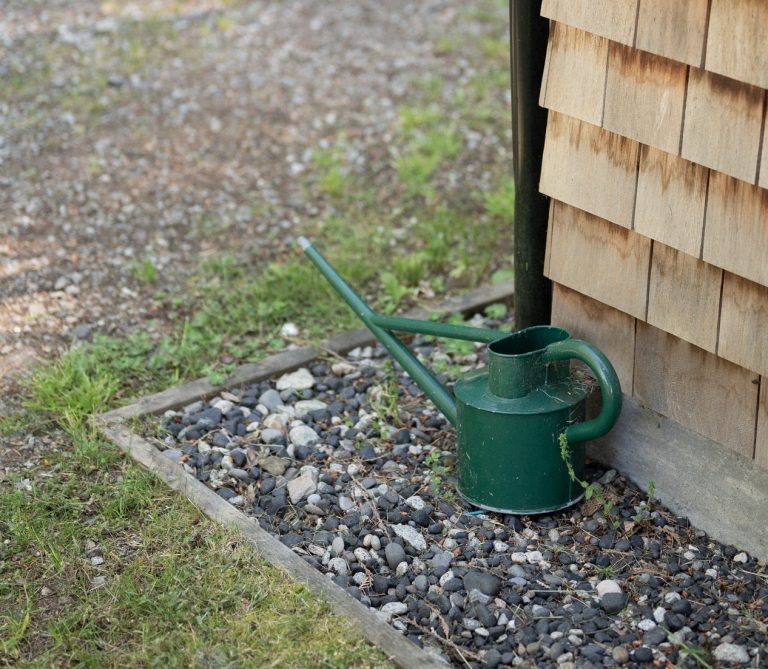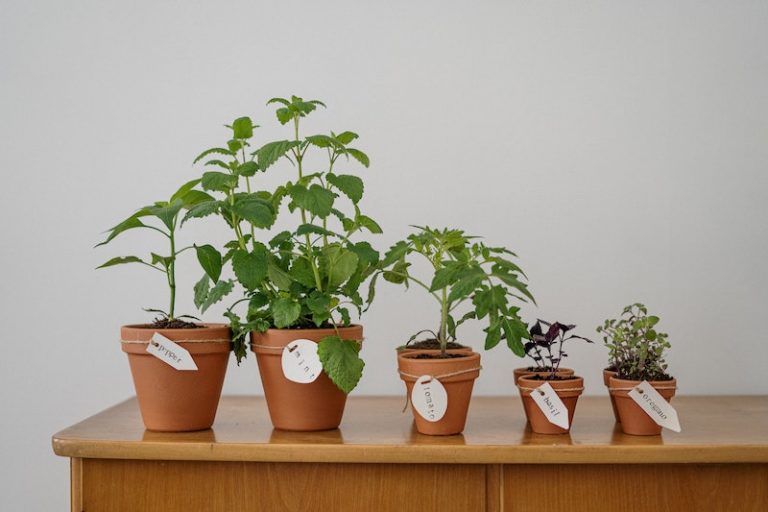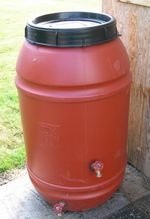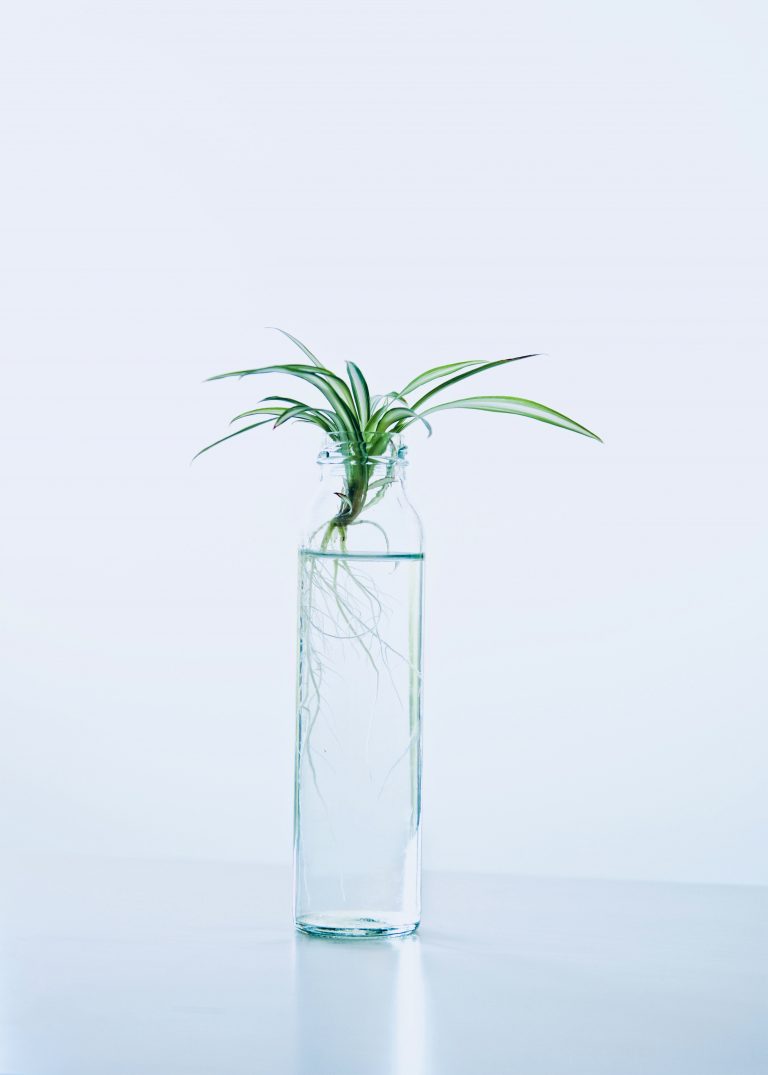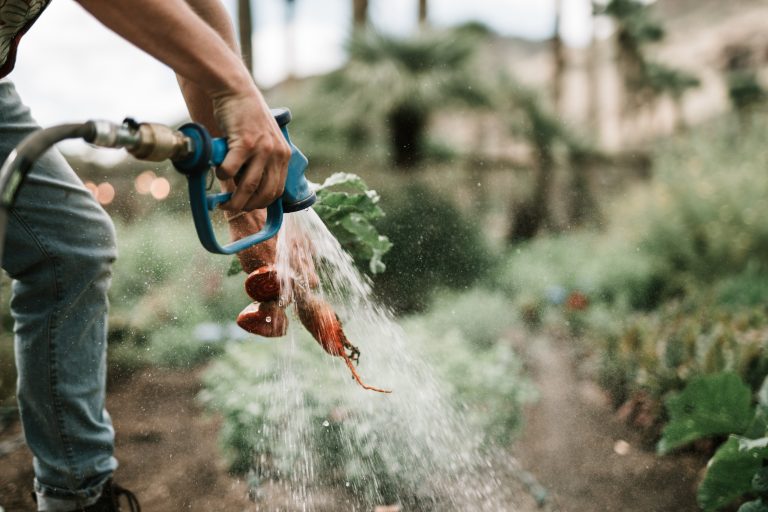Buying a fancy drip irrigation system is one way to go. But it’ll cost you. Instead, consider a DIY drip irrigation system. Either way, you’ll need to spend time installing irrigation, so why not save a few bucks, too? Benefits of drip irrigation You’ve got a hose or a sprinkler, so why invest…
water
5 Factors That Affect Plant Growth
Many factors affect plant growth. Plants have a few basic needs. Having these needs unmet will cause them to perish. There are also factors outside of a gardener’s control that can impact how well a plant grows. While some variables are out of your control, there are things that you can influence. What affects plant growth?…
Harvesting Rainwater for the Frugal Gardener
Gardening requires quite a bit of water. For many gardeners that means an increase in their water bill during the hot summer months. Statistics show that lawn and garden watering make up at least 40% of our total household water use. Frugal gardeners, however, can take advantage of rainwater by bringing back an age-old,…
5 Plants That Easily Grow in Water
Potting up plants is a messy business. Even when I’m being careful, I manage to get soil everywhere. One of my favorite plants in my home, though, requires no soil at all. I bought the plant at the grocery store several years ago for about $3 and today, it’s almost as tall as…
Keep the Garden Well-Watered: 5 Tried & True Tools
Years ago, when, with the help of my dad, I started my first vegetable garden, I was vaguely aware of the importance of watering plants. I watered whenever I felt like it, and whenever it seemed like my plants yearned for moisture—it turns out many of the symptoms of overwatering and under watering are shockingly…
